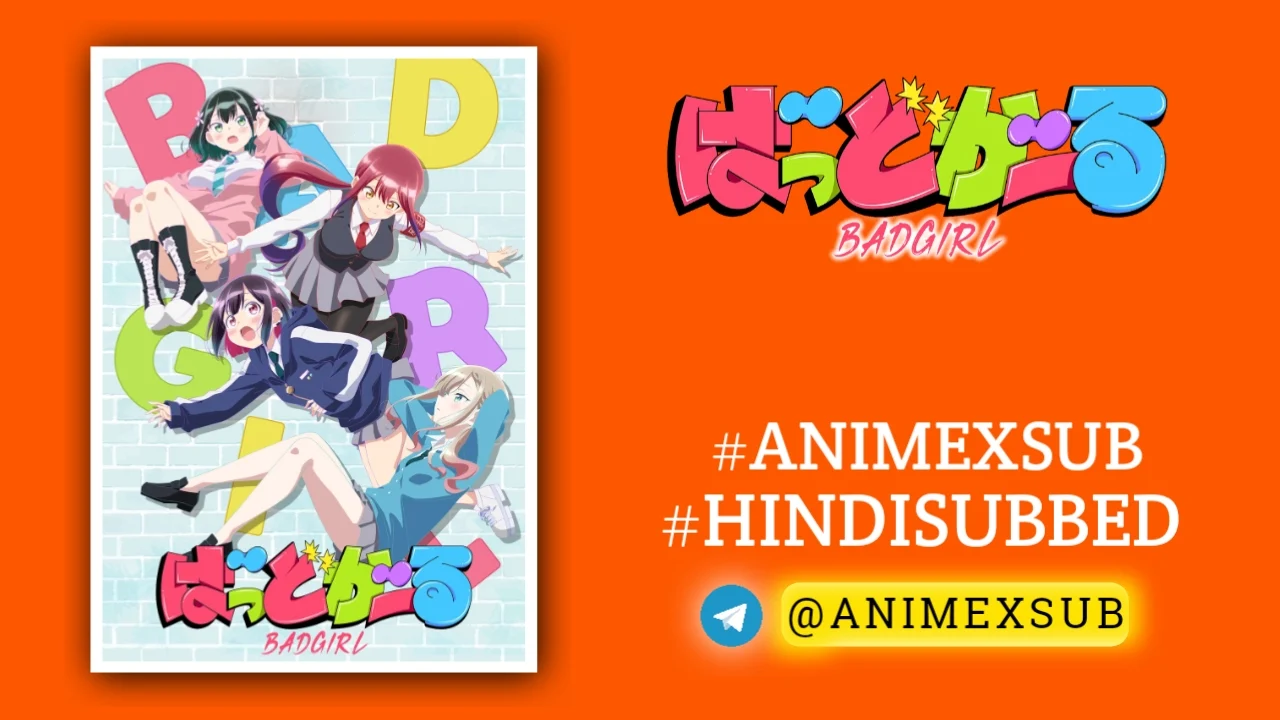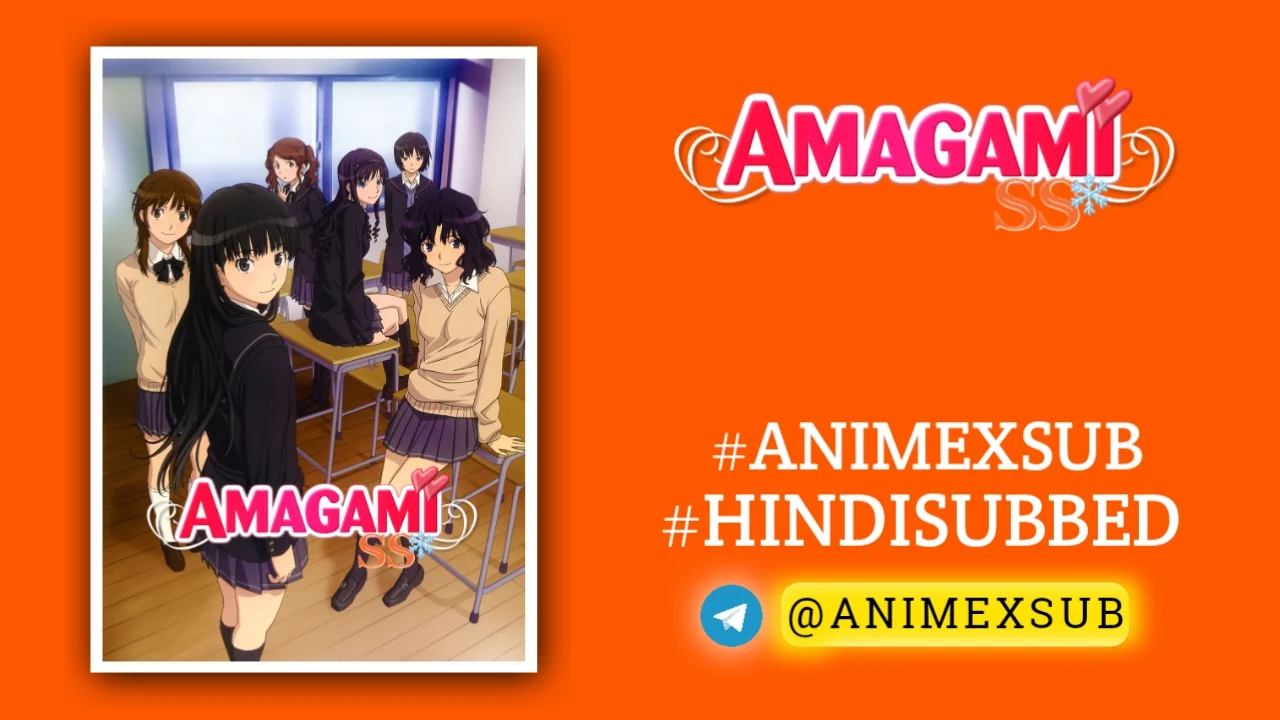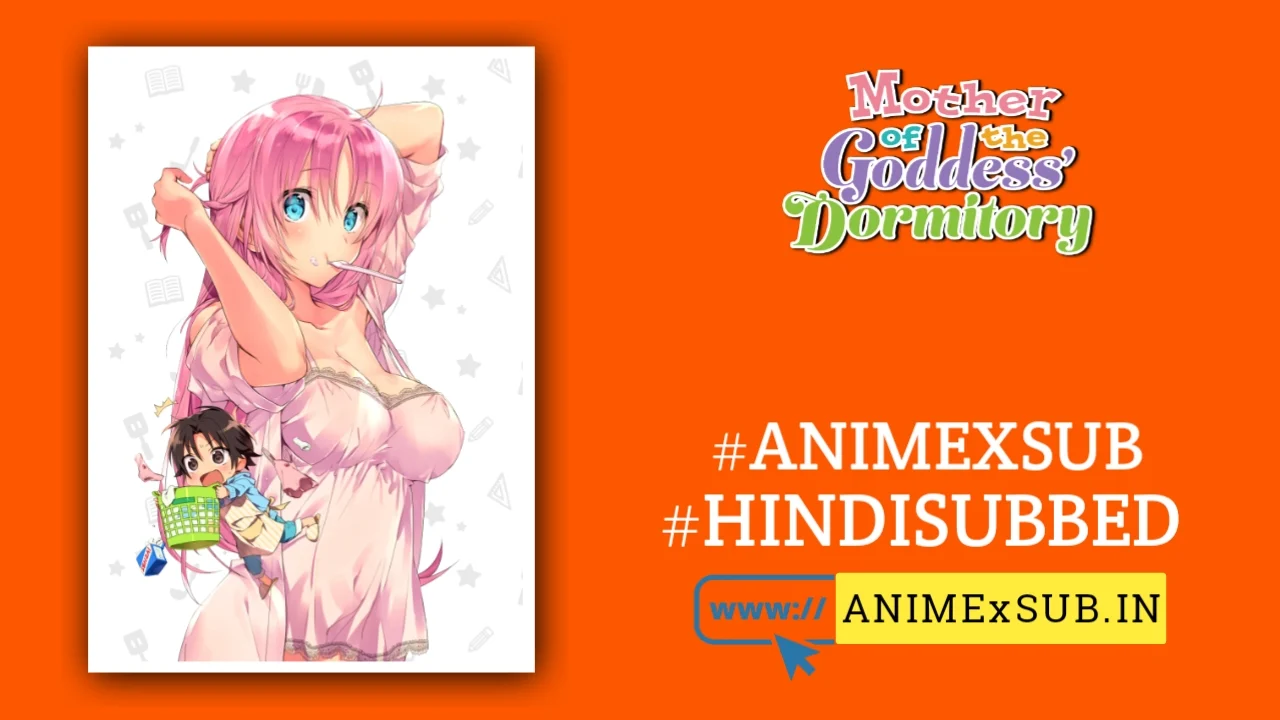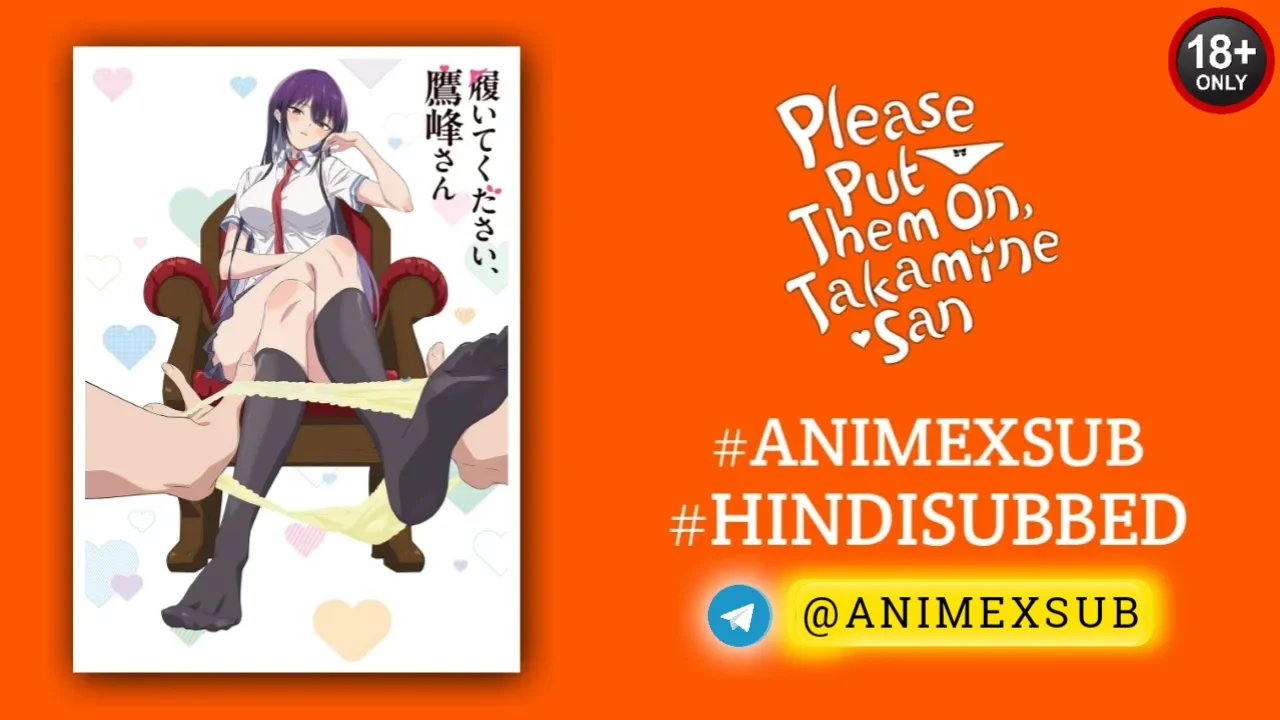
Bad Girl Season 1 Hindi Subbed [09/12] | Bad Girl Hindi Sub

Bad Girl
Bad GirlSynopsis
Yuu Yuutani is a first-year high school student with sharp eyes, large piercings and flashy two-tone hair. She's become notorious as a bad girl… but she's really not. At heart, Yuu is an incredibly good girl, but her mind is always full of thoughts of the beautiful and popular Atori Mizutori, the school’s Madonna and head of the student disciplinary committee. So, on her mission to attract the attention of Atori, Yuu decided to quit being an honor student and become a "bad delinquent!” (Source: HIDIVE)
Watch Trailer
Characters
Episodes
Descent into the Shadows: Unveiling the Core of Bad Girl Season 1
In the pulsating heart of a high school where conformity reigns supreme, Bad Girl Season 1 catapults viewers into a whirlwind of self-reinvention and unspoken yearnings. Premiering in July 2025 on HIDIVE, this anime adaptation—produced by Asmik Ace and animated by Bridge—chronicles the awkward odyssey of Yuu Yuutani, a quintessential honor student whose life unravels when she decides to trade her straight-A facade for a fabricated delinquent persona. All to snag the gaze of Atori Mizutori, the school’s enigmatic “Madonna” and head of the public morals committee. What emerges is not just a rom-com romp but a layered satire on identity, desire, and the absurdity of performative rebellion, blending yuri undertones with slapstick humor in a way that feels both refreshingly naive and profoundly introspective.
The series opens with Yuu, voiced with wide-eyed innocence by Saya Horigome, as the epitome of perfection: top of her class, polite to a fault, and utterly invisible to her crush. Witnessing Atori (Erisa Kuon) reprimand a genuine delinquent sparks Yuu’s epiphany—bad girls get attention. Thus begins her “bad girl” arc, complete with leather jackets, scowls, and half-baked schemes that hilariously backfire. Episode 1, “The Birth of a Delinquent,” masterfully sets the tone: Yuu’s first attempt at truancy lands her in the library, where she encounters the faultless Kiyoraka (Misato Matsuoka), sparking unintended alliances. This isn’t mere fluff; it’s a clever deconstruction of how societal labels shape self-perception, drawing from psychological tropes of cognitive dissonance without ever preaching. By episode’s end, Yuu’s “bad” facade cracks, revealing the raw vulnerability beneath— a moment that elevates the narrative beyond typical anime tropes.
Fractured Mirrors: The Ensemble’s Hidden Depths and Relational Labyrinths
Bad Girl Season 1 shines brightest in its character dynamics, where every interaction peels back layers of misconception and mutual misunderstanding. Atori, portrayed as the untouchable ideal, isn’t the aloof archetype she appears; subtle hints in her expressions— a fleeting smile during Yuu’s botched rebellion— suggest her own hidden rebellions against the morals committee’s rigidity. This duality transforms her from object of affection to a mirror for Yuu’s growth, infusing the yuri elements with genuine emotional stakes. Meanwhile, Yuu’s friend Suzu Suzukaze (Emiri Suyama) serves as the unwitting catalyst, her effortless coolness contrasting Yuu’s fumbling attempts and highlighting themes of authentic versus imposed identity.
The supporting cast adds epic breadth: Rura, the school idol, mistakes Yuu for a fan in Episode 3, leading to a chain of comedic escalations that expose Yuu’s obsession-fueled tunnel vision. Here, the animation—though limited in its fluidity—excels in exaggerated facial contortions and dynamic crowd scenes, making the high school a microcosm of broader social experiments. Relationships evolve organically; Yuu’s “stalking” of Atori morphs into profound self-discovery, while rivalries with characters like the library assistant Kiyoraka introduce intellectual tension. Unlike formulaic rom-coms, these bonds explore the “bad girl” mythos through queer lenses, questioning whether rebellion is liberation or just another cage. The season’s eight episodes build to a crescendo in the finale, where Yuu’s grand gesture— a kindergarten visit turned chaotic spectacle— forces confrontations that redefine “bad” as bravely authentic.
Critically, the voice acting elevates the material: Horigome’s delivery captures Yuu’s internal turmoil with nuance, while Kuon’s Atori conveys quiet intensity. The soundtrack, with its quirky OP/ED tracks, punctuates gags effectively, though it fades into the background during quieter, revelatory moments. Animation critiques aside, the series’ production values— vibrant color palettes for Yuu’s “bad” phases juxtaposed with muted tones for her true self— visually underscore the thematic purity, making it a feast for the eyes.
Echoes of Chaos: Thematic Purity and the Quest for Unfiltered Authenticity
At its core, Bad Girl Season 1 achieves a rare purity by distilling complex ideas into bite-sized, hilarious vignettes. It dissects the binary of “good” versus “bad” not through moral lectures but via Yuu’s escalating failures: her attempt to impress Atori at a student council event devolves into a kindergarten mishap, symbolizing how forced personas amplify isolation. This next-level approach— inspired by but transcending No More Heroes’ Suda51 vibes— weaves in yuri romance without exploitation, focusing on emotional intimacy over physicality. The narrative purity lies in its refusal to resolve conflicts neatly; instead, it leaves viewers pondering the cost of inauthenticity in a world obsessed with appearances.
Informative for anime enthusiasts, the series innovates on genre conventions: where predecessors like Ouran High School Host Club leaned on farce, Bad Girl infuses psychological realism, drawing from real-world studies on adolescent identity formation (echoing Erik Erikson’s stages without naming them). Episode 4’s whiteboard “revelation” subplot, where Yuu misinterprets Atori’s note as divine intervention, satirizes obsession’s blindness, a theme rarely explored with such light touch. By season’s end, the “bad girl” label evolves from punchline to empowerment tool, challenging viewers to embrace their multifaceted selves. This isn’t recycled content; it’s a bold evolution, blending comedy with subtle social commentary on gender norms and queer awakening in educational settings.
Whispers from the Delinquent Dawn: A Lasting Resonance Beyond the Screen
Bad Girl Season 1 concludes not with tidy bows but with lingering questions, positioning it as an epic entry in 2025’s anime landscape. Its uniqueness stems from balancing humor’s chaos with heartfelt introspection, creating content that feels eternally fresh— never before has a “bad girl” origin story felt so vulnerably human. For newcomers, it’s an accessible gateway to yuri comedy; for veterans, a reminder of anime’s capacity for profound simplicity. In a sea of overproduced spectacles, this season stands as a testament to storytelling’s unadulterated power, inviting rewatches that uncover new nuances in every frame. As Yuu stumbles toward self-acceptance, so too does the audience, emerging transformed by this perfect, unpretentious gem.1














